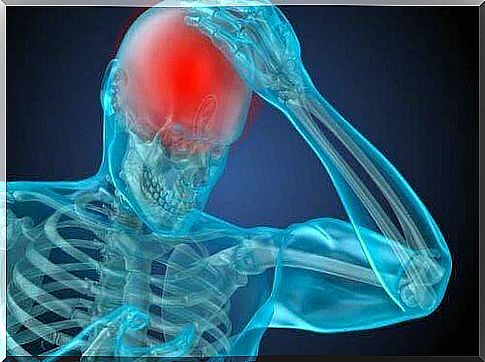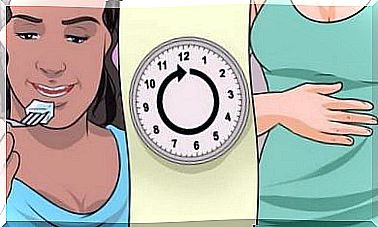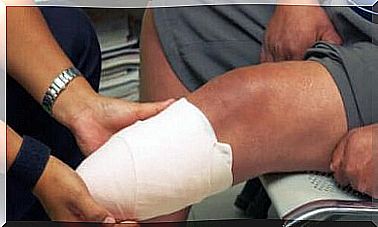Tramadol: What Is It And What Is It Used For?

Tramadol is a drug that medical professionals use to relieve pain. To do so, it acts on specific nerve cells in the spine and brain. This drug belongs to the group of opioids. However, Tramadol behaves differently from other opioids. However, we will discuss the mechanism of action of this drug in detail later.
More specifically, tramadol is an effective analgesic for the pain that a patient suffers from after surgery. A single dose of 100 mg of this drug is equal to 1 gram of paracetamol, which is the most commonly used painkiller worldwide.
In addition to its analgesic properties, it has also been studied for use as an antidepressant and for treating obsessive-compulsive disorder. This is because it promotes the release of serotonin. However, there are no scientific studies of its effects as an antidepressant in the long run.
Tramadol: An opioid

Opioids have active ingredients that are characterized by their great analgesic effect. Overall, they work by interacting with some receptors, which are found primarily in the central nervous system and gastrointestinal tract.
The term “opioid” is commonly used to refer to any opium-like drug. However, it is more appropriate to limit its scope to natural opium alkaloids and its semi-synthetic derivatives.
In that sense, we can distinguish between three primary groups:
- Opium alkaloids. Morphine and codeine.
- Semi-synthetic opioids. Heroin and oxycodone.
- Synthetic opioids. Tramadol.
How does tramadol work?
This drug has a dual mechanism of action. This means that it triggers its analgesic effect through a combination of two simultaneous mechanisms.
On the one hand, it binds to μ-opioid receptors on neurons. These receptors are protein structures in cell mucosa. When they interact with the molecule, it triggers a series of chemical reactions in the body, thus causing an effect.
The analgesic effect of tramadol is also due to the fact that it is a serotonin-noradrenaline reuptake inhibitor. This is why experts have wanted to research whether this drug can be used to treat depression.
Use of tramadol

When it comes to administering this medication, the medical professional must adjust the dosage to the intensity of the pain and the sensitivity of each patient. However, doctors should always indicate the least effective dose to avoid side effects.
Certain population groups should also take the lowest possible dose. This is because they are more likely to suffer from complications, due to their clinical situation. Overall, here are some of the basic guidelines that doctors use:
- Adults and adolescents over 12 years of age should never exceed a daily dose of 400 mg. If the patient’s condition is very serious and they require long-term treatment, they should only follow it with the supervision of a specialist.
- Older. An adjustment of the dosage is usually not necessary in people up to and including 75 years of age if the patient does not suffer from kidney or liver failure. However, the older the person, the more the dosing intervals must be spread out over the day.
- Patients with renal or hepatic impairment. As a last resort, physicians usually extend the dosing intervals according to each patient’s clinical needs.
Side effects

Tramadol, like any other medicine, has possible side effects. The most common are nausea and dizziness. However, it can also trigger other symptoms, such as:
- Psychiatric disorders.
- Dependence.
- Problems with the gastrointestinal tract.
- Disturbed vision.
- Involvement of the nervous system.
Conclusion
As a last resort, this medicine requires a prescription. This means that one should not take it without medical authorization. Misuse of tramadol can lead to addiction, which can have serious health consequences.









